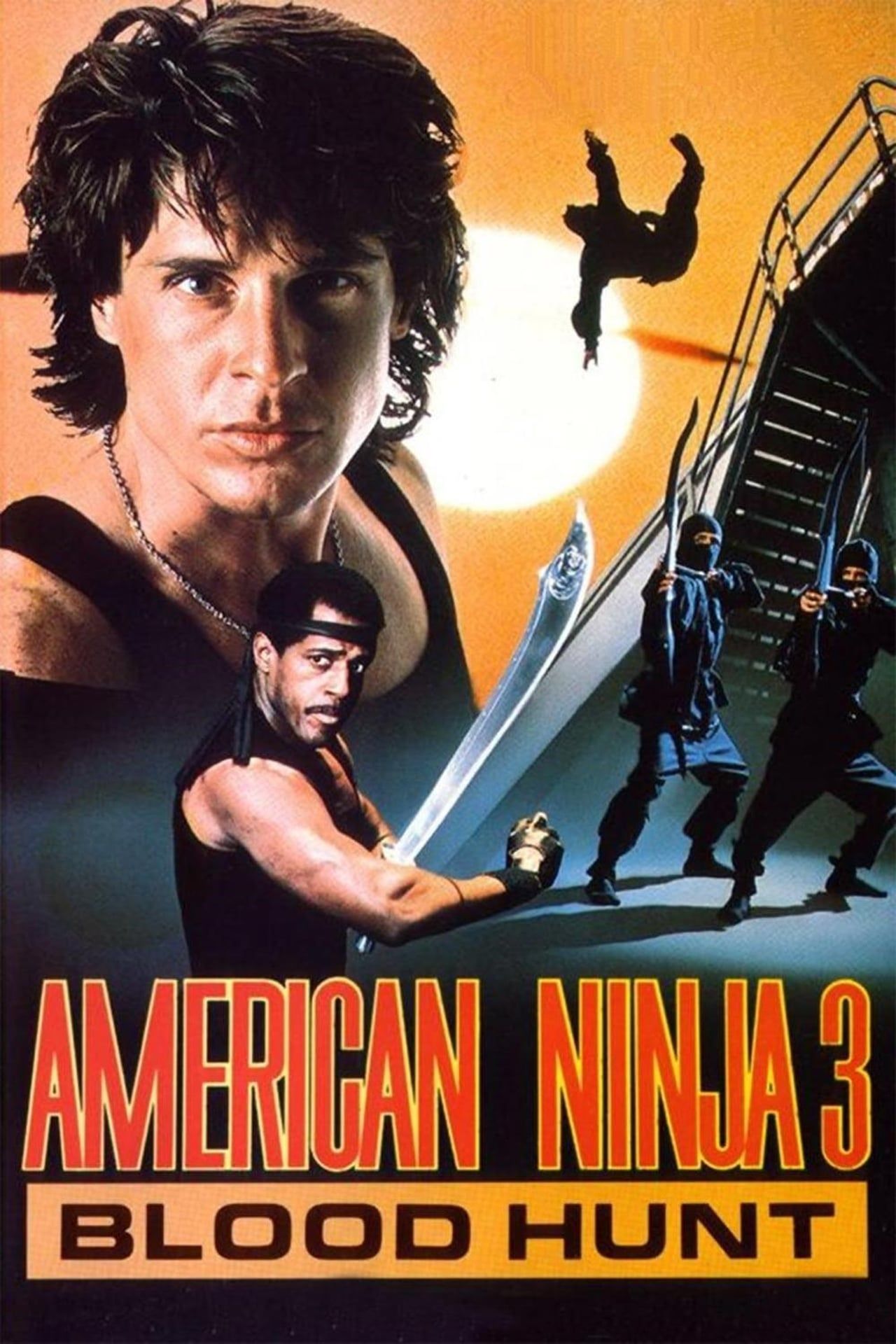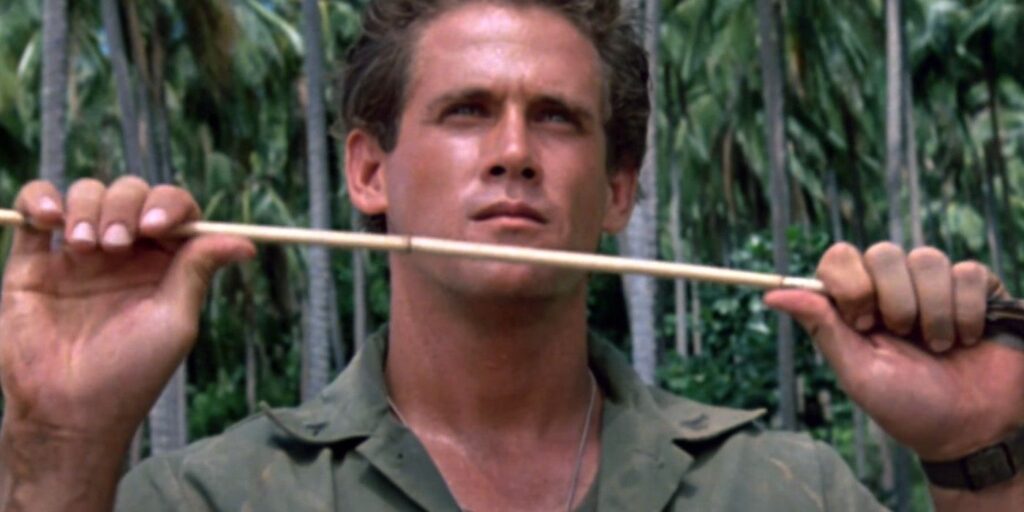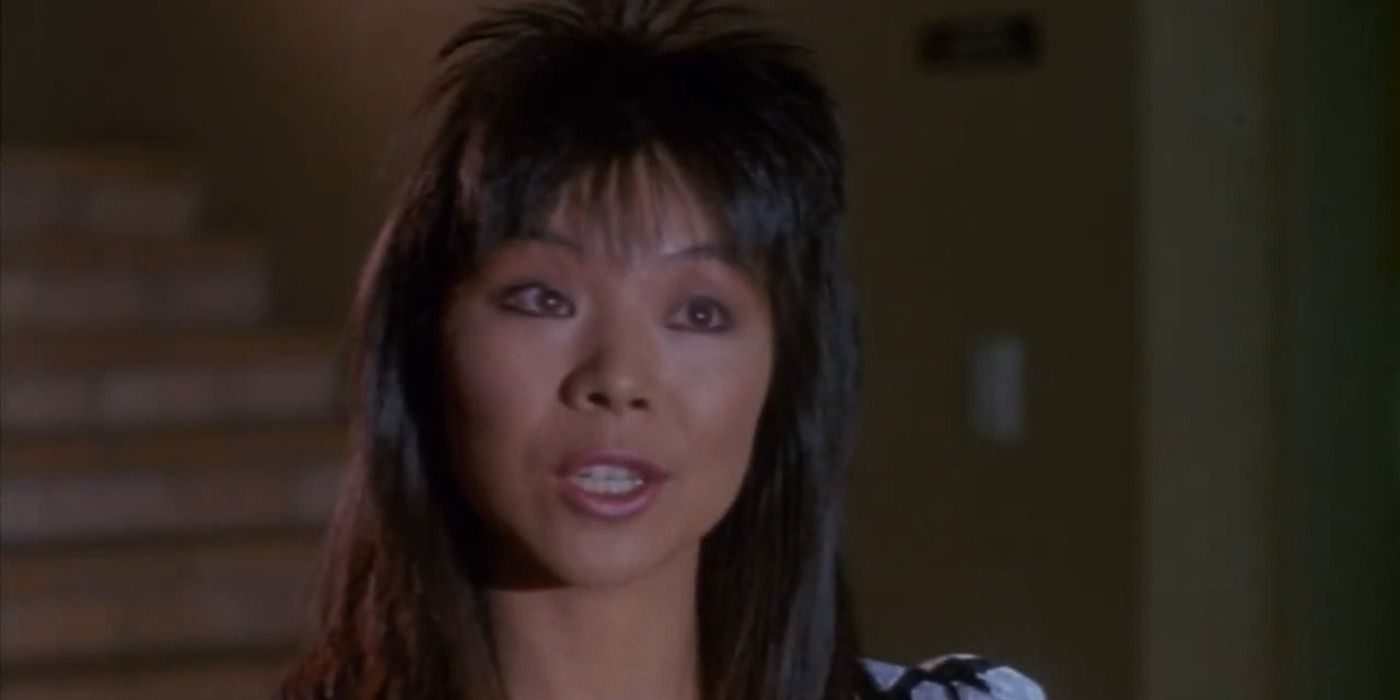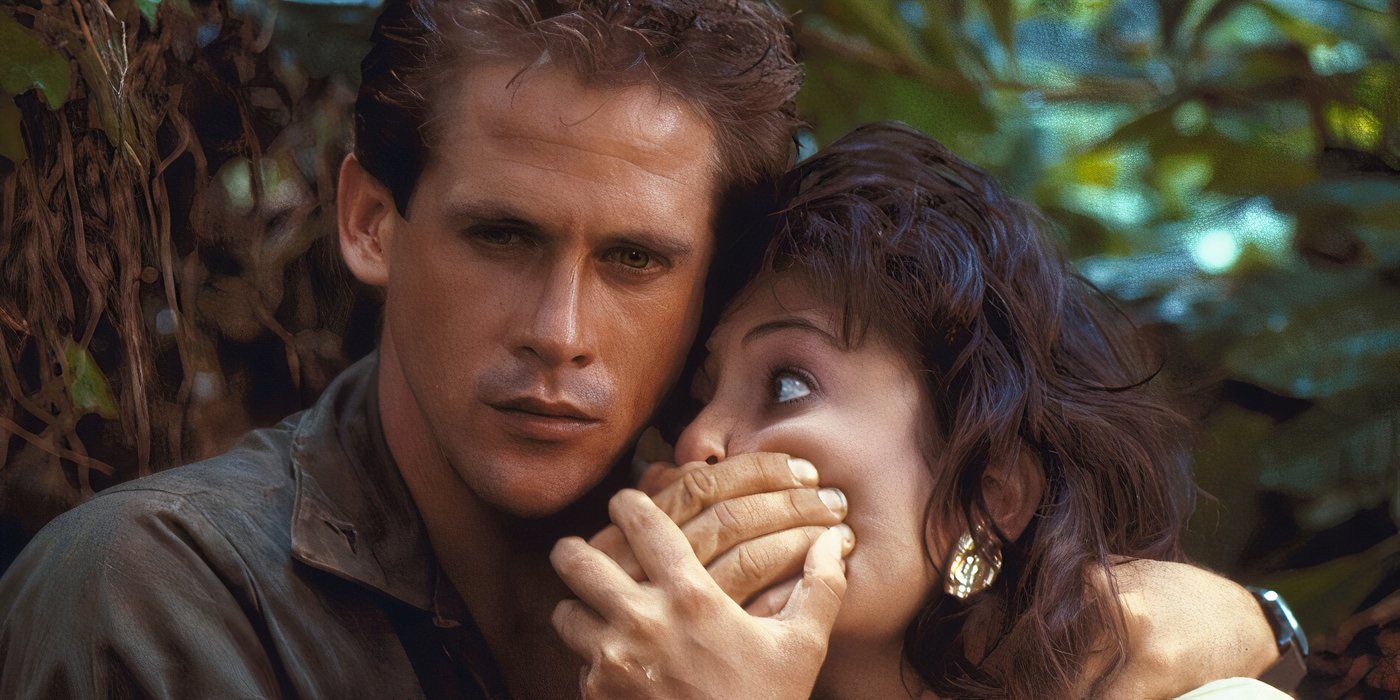A lesser-known – and underappreciated – martial arts movie series began when American Ninja hit theaters in 1985. Released at a time when martial arts-infused action movies were becoming increasingly popular in Hollywood, American Ninja notably preceded longtime genre favorites such as Bloodsport, Mortal Kombat, and Best of the Best.
Only becoming a moderate success, American Ninja never earned its place among the aforementioned films as one of the greatest martial arts movies. Yet, the movie evolved into a cult favorite, and found just enough success to justify a string of sequels. Despite flying under the radar, the American Ninja series lasted until 1993, amassing four sequels along the way.
What American Ninja Is About
Directed by Sam Firstenberg, American Ninja starred Michael Dudikoff as Joe Armstrong, a man who finds himself conscripted into the army and stationed on a military base where he collides with a ninja organization known as Black Star. Surprisingly, Joe demonstrates early on that he’s capable of combating the villains with his own ninja-like skills.
It becomes apparent early on that there’s much more to Joe Armstrong than what meets the eye, as he clearly has a mysterious past and an expertise in ninjitsu that even he doesn’t even fully understand or remember. This mystery serves as a focal point of American Ninja’s story and Joe Armstrong’s character arc.
In addition to peeling away at Joe Armstrong’s amnesia to explore his true identity, American Ninja deals heavily with his battle against Black Star, with Don Stewart’s Ortega serving as the film’s main antagonist. American Ninja also balances its action with a romance that plays out between Joe and the movie’s female lead, Judie Aronson’s Patricia Hickok.
Viewing Order & Continuity Of The American Ninja Movies Explained
The Franchise’s Main Character Stars In The First Two And Fourth American Ninja Movies
Unlike many other direct-to-video martial arts sequels (ala Kickboxer 2 and Timecop 2), American Ninja 2: The Confrontation gets to keep its star. The movie continues the adventures of Michael Dudikoff’s Joe Armstrong and his ally, Steve James’ Curtis Jackson, but gives him a new love interest in the form of Michelle Botes’ Alicia.
For American Ninja 3, a new star was found in David Bradley. Bradley plays a new character named Sean Davidson, who also has the skills of a ninja. But while it doesn’t feature Joe Armstrong, it’s clearly set in the same continuity, with Steve James’ character representing the film’s link to the franchise’s first two entries.
American Ninja: The Annihiliation forms a bridge between the narrative of the last film and its predecessors by featuring David Bradley and Michael Dudikoff as co-leads. In doing so, American Ninja 4 is able to function as a fun team-up between the protagonist of the first two films and his replacement in the third movie.
The American Ninja franchise has a quasi-spinoff in American Samurai. The 1992 movie boasts the same director and stars David Bradley from the third and fourth movies. It follows a concept nearly identical to that of American Ninja, but swaps ninjas for samurai.
The fifth and final movie is arguably the most skippable film in the franchise. American Ninja V was shoehorned into the series for branding purposes, a detail that’s made apparent upon watching the film. David Bradley is once again the star, but he’s playing a new character, and one that has no connection to the previous four American Ninja movies.
The First Four American Ninja Movies Are Much Better Than Reviews Suggest
American Ninja currently sports a dismal Rotten Tomatoes score of 0%. But while that may be indicative of its reputation with critics, that’s not an accurate reflection of how it’s commonly perceived by fans of the genre. Over the years, American Ninja developed a cult status, and for good reason.
Despite Michael Dudikoff not coming from a martial arts background, American Ninja succeeds in delivering its fair share of well-choreographed fight scenes and entertaining action sequences. Some of the story beats require a great deal of suspension of disbelief (including Joe Armstrong’s amnesia), but American Ninja doesn’t make the mistake of taking itself too seriously.
The concepts behind the American Ninja movies may not be inherently unique, but the length of it’s story adds an extra level of appeal to it. After all, most martial arts movie sequels of its time were forced to abandon their stars and pick up entirely new stories.
The American Ninja franchise, on the other hand, gives the viewer much more time to spend with its central protagonist. It admittedly takes a one-movie break, but there’s still three movies of story to expect from Michael Dudikoff’s Joe Armstrong.

American Ninja 3: Blood Hunt
Release Date
February 24, 1989
Runtime
89 minutes
Director
Cedric Sundstrom
Writers
Cedric Sundstrom, Gary Conway




